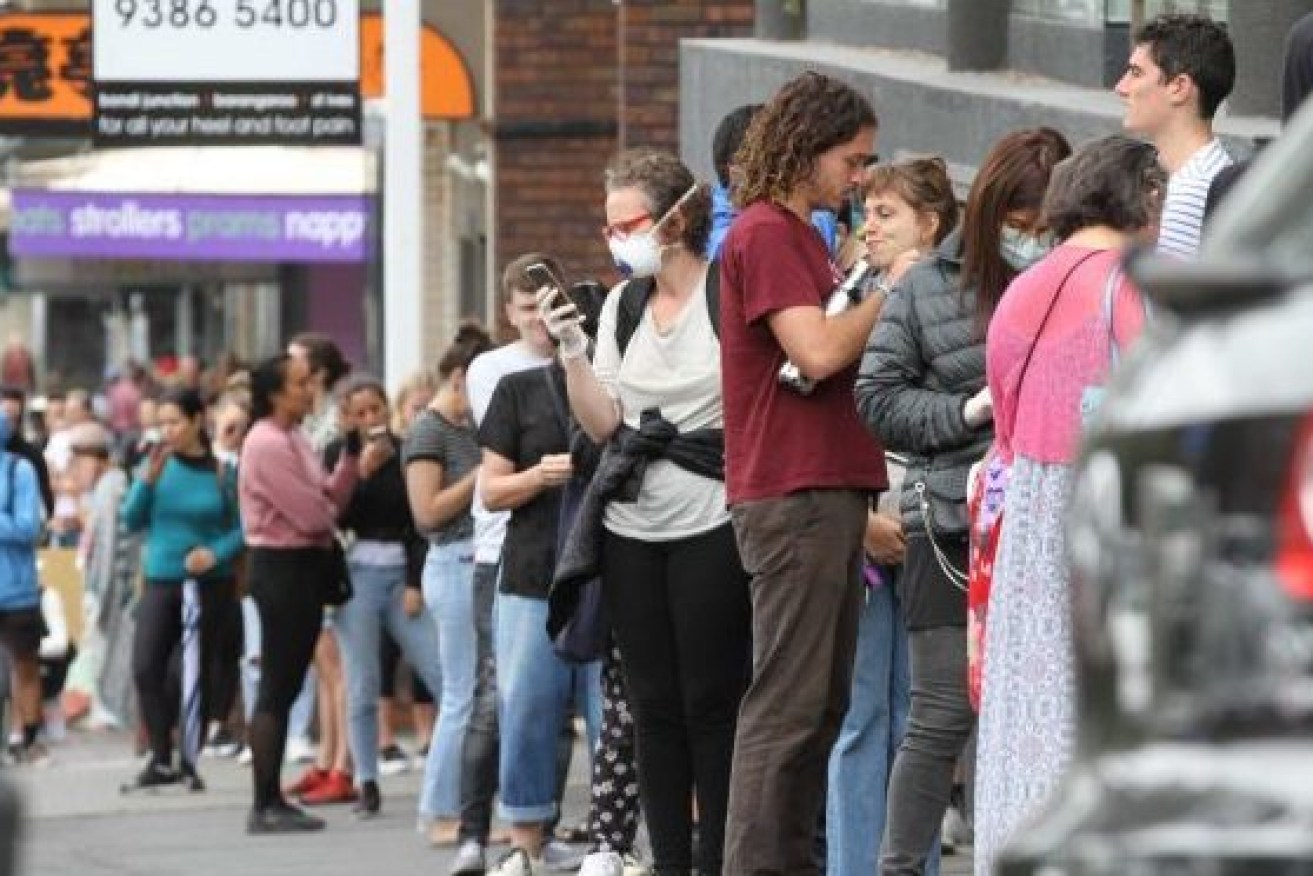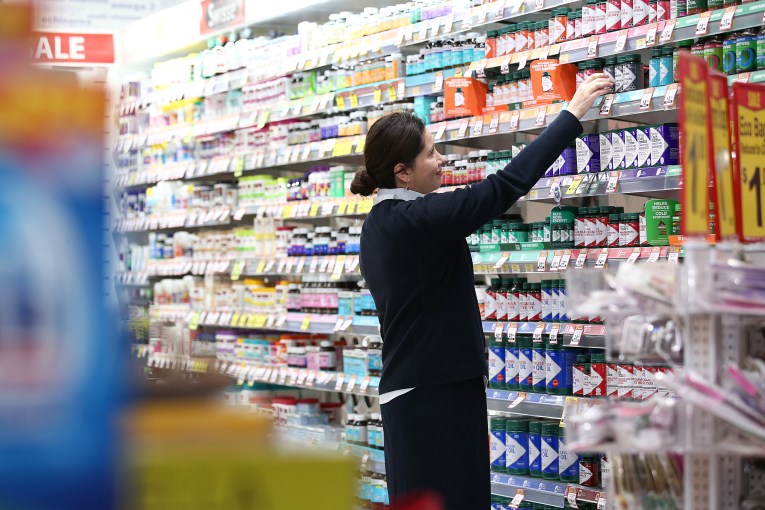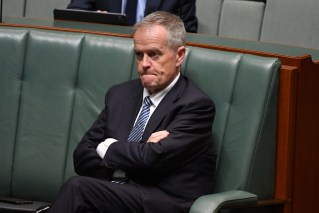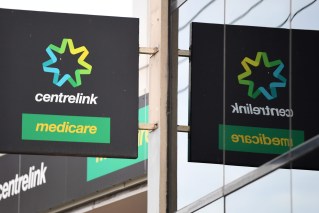Qld unemployment rate highest in nation but real virus impact may be hidden
Queensland’s unemployment rate is now the worst in the country and the only one above 5 per cent, but that only shows part of the truth.


CentreLink queues may shrink further if employers embrace diversity in their recruitment plans. (File image).
The “effective unemployment rate’’ in Queensland is actually 4 per cent, rather than the published 5.2 per cent, according to Conus Consultancy economist Pete Faulkner.
The national effective rate was closer to 6 per cent, rather than the 4.6 per cent recorded by the Australian Bureau of Statistics.
And while the data shows that NSW _ which is into its eighth week of lockdowns _ had a remarkable unemployment level of 4.5 per cent, it’s effective rate was 8 per cent and likely to get worse.
But it may be that these were the last of the miracle employment figures. Economist are forecasting big increases in unemployment will flow through in the numbers next month.
Even the ABS said the data painted a less than frank picture of the reality.
“The fall in the national unemployment rate in July should not necessarily be viewed as a sign of strengthening in the labour market – it’s another indication of the extent of reduced capacity for people to be active in the labour market, in the states with the largest populations,” the ABS said.
“Hours worked data continues to provide the best indicator of the extent of labour market impacts from lockdowns.”
Also, the fall in the participation rate, which shows people quitting the workforce, was enough to reduce the unemployment level nationally by about .3 of a percent, according to Westpac’s Justin Smirk.
In New South Wales hours worked fell by 7 per cent in July, compared with a 0.9 per cent fall in employment. This highlights the extent to which people in New South Wales had reduced hours or no work through the early stages of the lockdown, without necessarily losing their jobs.
Conus Consultancy economist Pete Faulkner said the hours worked data showed a sharp decline in Queensland as well as nationally.
But the number of people employed but working zero hours lifted to the highest levels since September 2020.
“In Queensland, where the impact of lockdowns have been much less dramatic, zero-hours workers actually fell and are now at their lowest level since December 2019.
He said the effective hours worked adjusted for the effect of those counted as employed but working zero hours.
“The effective rate in NSW would be 8 per cent compared to an actual 4.5 per cent; due to a sharp spike up in zero-hour workers to a level not seen in the state since May last year and a participation rate that has fallen 1 percentage point this month as people exit the labour force.
“On the other hand, in Queensland we have seen a fall in zero-hours workers and only a modest decline in participation. As a result the headline unemployment rate looks relatively high at 5.2 per cent while the ‘effective rate’ sits at just 4 per cent.’’
IFM economist Alex Joiner used the effective rate to show the national rate was closer to 6 per cent rather than 4.6 per cent while Westpac’s Justin Smirk said the big falls in employment were likely to hit in August, September and October, with a resulting increase in unemployment.
He said the number of people on zero hours from being stood down is 181,500, up from 156,500 and 58,200 in June and May respectively.












